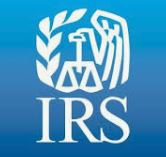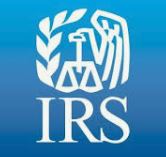
The Internal Revenue Service today provided guidance for Qualified Opportunity Funds (QOFs) and their investors in response to the ongoing Coronavirus Disease 2019 (COVID-19) pandemic.
Notice 2020-39 (PDF) answers questions regarding relief from certain requirements under section 1400Z-2 of the Internal Revenue Code (Code) and the implementing regulations. Additionally, the IRS has updated the Qualified Opportunity Zones frequently asked questions.
Taxpayers who sold property for an eligible gain and who would have had 180 days to invest in a QOF to defer that gain, may have additional time. Notice 2020-39 provides that if a taxpayer’s 180th day to invest in a QOF would have fallen on or after April 1, 2020, and before December 31, 2020, the taxpayer now has until December 31, 2020 to invest that gain into a QOF. (The 180th day for some of these taxpayers was already postponed through July 15, 2020, under Notice 2020-23.) In addition, the notice provides that the period between April 1, 2020, and December 31, 2020, is suspended for purposes of the 30-month period during which property may be substantially improved.
Read More





























Recent Comments